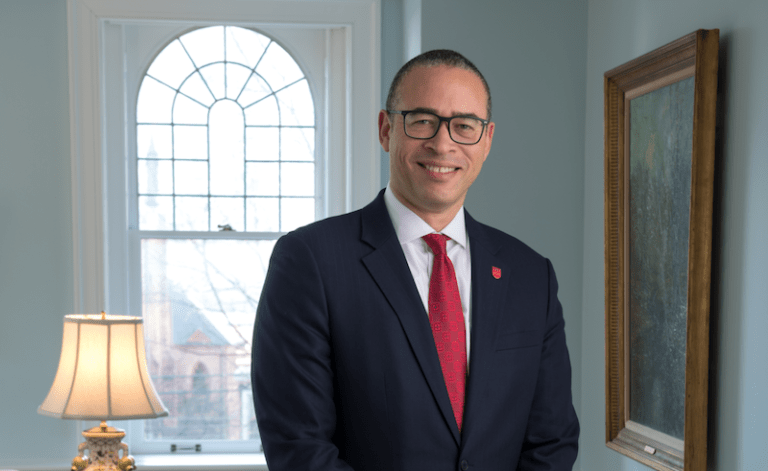Gov. Deval Patrick of Massachusetts proposed increased spending on higher education to begin reversing the 22 percent in cuts since 2008. The UMass system is receiving $39-million more than in last year’s budget; community colleges are getting $20-million more.
By Eric Kelderman
Public colleges in Massachusetts will get a whopping 16-percent increase in state appropriations for the 2014 fiscal year compared with what they got in the previous state budget. Although that amount is being hailed by college leaders as a major reinvestment in public higher education, the state is still spending less on public colleges than it did in the 2008 fiscal year, at the beginning of the recession.
“In many states the mood is more positive, but no one is saying, ‘We made it,'” said Daniel J. Hurley, director of state relations and policy analysis at the American Association of State Colleges and Universities.
The situation is similar in many other states where, after four years of budget cuts, public colleges are looking forward to at least modest increases in appropriations from lawmakers for the new budget cycle, which began for most states on July 1. In the state of Washington, public colleges will get 12 percent more in state support than they received last year; California lawmakers increased higher-education spending by about 5 percent.
Several other states have continued to cut higher-education spending as tax revenues in those places remained below pre-recession levels. For example, lawmakers in West Virginia cut spending on colleges by nearly 9 percent for the current fiscal year. State support of higher education has already declined nearly 3 percent since 2008.
Legislators in Kansas approved a 3-percent cut in higher education for two consecutive years, despite calls from Gov. Sam Brownback, a Republican, to hold spending on higher education steady. Kansas has cut money for colleges more than 8 percent over the past five years.
But even modest increases in appropriations have plenty of strings attached. State lawmakers continue to hold public colleges accountable by tying money to improved completion rates. And in many states, a larger state appropriation is part of a compact that lawmakers are striking with college leaders: We’ll give you some extra cash if you agree to freeze tuition. It’s a bargain that legislators and higher-education leaders are willing to make in order to stem the rising costs of college.
More>>

